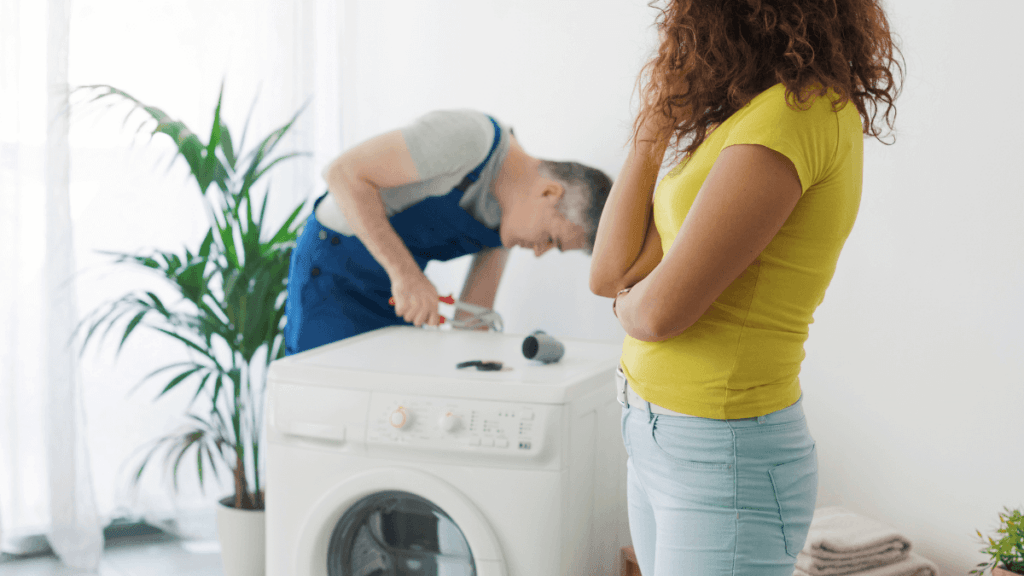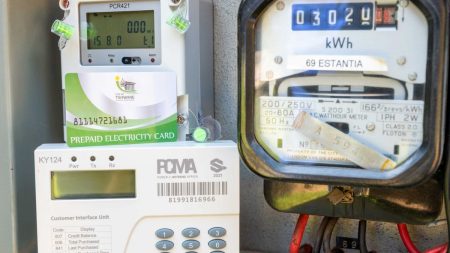Load shedding, the controlled rolling power outages imposed by electricity providers, is a common issue in many countries. While it may seem like a minor inconvenience, power cuts can cause substantial damage to household appliances. In this article, we explore what to do if load shedding damages your appliances, how to claim compensation, and the preventive measures you can take to safeguard your devices.
1. Understanding the Impact of Load Shedding on Appliances
Load shedding may lead to a variety of appliance malfunctions, some of which can be costly to repair or replace. Common causes of damage include:
- Power Surges: When electricity is restored after a power cut, it often causes a power surge, which can fry sensitive electronics.
- Frequent On-Off Cycles: Repeated switching of power can wear out appliances like refrigerators, washing machines, and air conditioners over time.
- Incorrect Voltage: Some appliances require a consistent voltage to function properly. Sudden fluctuations can damage internal components, especially in sensitive devices like computers and televisions.
2. Steps to Take Immediately After a Power Cut
If a power outage occurs, there are a few key actions you should take to minimize potential damage to your appliances:
- Turn Off Sensitive Appliances: If possible, turn off sensitive electronics and appliances to prevent them from being affected by power surges.
- Unplug Appliances: This is especially important for devices like computers, refrigerators, microwaves, and TVs. Unplugging helps protect them from any potential power surges once the electricity is restored.
- Switch Off Circuit Breakers: If the outage is long or recurrent, consider switching off the main circuit breakers in your house to avoid potential damage when power is restored.
Table 1: Common Appliances Affected by Power Surges
| Appliance | Risk of Damage | Possible Outcome |
|---|---|---|
| Refrigerators | High | Compressor failure, motor burnout |
| Air Conditioners | High | Electrical board malfunction, motor failure |
| Microwaves | Medium | Power surge may damage internal components |
| Computers & TVs | Very High | Motherboard or power supply unit damage |
| Washing Machines | Medium | Damage to internal electronics, motor burnout |
3. Identifying Damage to Appliances
Once the power is back, carefully assess your appliances for any signs of damage. Look out for:
- Unusual Sounds: For instance, a refrigerator or air conditioner that makes strange noises after a power surge may have experienced internal damage.
- Error Codes or Malfunctions: Many modern appliances display error codes on their screens. A washing machine or microwave that refuses to turn on after a power surge could have sustained electrical damage.
- Power Failure: If your appliance stops working completely, there could be a major issue with the power supply components inside.
4. Reporting the Incident to the Power Supplier
If load shedding leads to significant damage, it’s important to report the incident to your electricity provider. Many power companies have a procedure for reporting damage caused by power outages or surges. Follow these steps:
- Document the Damage: Take clear photos of damaged appliances and make a list of affected items. This will be essential for your claim.
- Provide Details of the Incident: You’ll need to specify the time and date of the power outage, along with any other relevant details, such as the duration of the load shedding period.
- Submit Your Claim: Depending on your location, you may be able to submit a claim via the utility company’s website, or you may need to visit an office in person.
Table 2: What to Include in a Damage Report
| Information | Why It’s Important |
|---|---|
| Date and Time of Power Cut | Helps the utility company trace the incident and determine its cause. |
| Details of Affected Appliances | Ensures the provider knows what to compensate for. |
| Photos of Damage | Provides visual evidence of the damage caused. |
| Repair Estimates | Allows the provider to assess the extent of the damage and determine fair compensation. |
5. Seeking Compensation from the Power Supplier
In many regions, electricity providers may offer compensation or assistance for damage caused by power cuts or surges. Here’s how you can approach seeking compensation:
- Check the Terms and Conditions: Some utilities offer compensation schemes or insurance coverage for load shedding-related damage. It’s essential to understand your rights before you file a claim.
- Provide Proof of Damage: As mentioned above, your claim will require proof such as photos, repair estimates, and possibly the appliance’s warranty details.
- Claim Process Duration: The duration of the claims process varies depending on your location. Some utilities may process claims in a few weeks, while others may take longer.
- Evaluate the Compensation Offer: If you receive an offer for compensation, assess whether it adequately covers the repair or replacement costs. If you feel it’s insufficient, you have the right to negotiate or escalate the claim.
6. What to Do If Compensation Is Denied
In the event your claim is denied, there are several actions you can take:
- Appeal the Decision: Ask the provider to review your case. You may need to provide additional documentation or evidence.
- Seek Legal Assistance: If you believe the electricity provider is liable for the damage, consulting a lawyer or consumer rights organization may help you pursue compensation.
- Alternative Insurance Options: If load shedding regularly causes appliance damage in your area, you might want to explore homeowner or renter’s insurance policies that cover electrical appliance damage due to power surges.
7. Preventive Measures to Protect Your Appliances
While you can’t always control when load shedding happens, there are several steps you can take to minimize the risk of appliance damage:
- Invest in Surge Protectors: Use high-quality surge protectors for sensitive electronics like computers, TVs, and microwaves. These devices can absorb spikes in voltage and prevent major damage.
- Uninterruptible Power Supply (UPS): A UPS can provide temporary power to essential appliances like computers and modems, allowing you time to safely shut them down during load shedding.
- Appliance Maintenance: Regular maintenance of appliances, such as cleaning air conditioners and fridges, can help them withstand power fluctuations better.
- Install a Voltage Stabilizer: A voltage stabilizer is particularly useful for high-power devices like air conditioners and washing machines.
Check also: Top 5 Load Shedding Notifier Apps to Keep You Informed
Load shedding, while often unavoidable, can lead to significant damage to your appliances. By taking immediate action during power cuts, documenting any damage, and pursuing compensation through your electricity provider, you can recover from the financial burden caused by power outages. Additionally, investing in preventive measures, like surge protectors and voltage stabilizers, can help protect your devices from future damage.
Always stay informed about your rights and the compensation processes available in your area to ensure that you are fully protected.










